The cherry blossom tree, or sakura, holds special significance in Japanese culture. They bloom for only a week or two in the springtime and the lack of any green parts of the plant results in the delicate snow-white blooms transforming ordinary streets into magical pathways of ephemeral beauty. Indeed, the cherry blossoms have a distinctly Buddhist symbolism in that they produce stunning beauty for a short time before their flowers float down to the earth. As the famous
Haiku poet penned: simply trust!
cherry blossoms flitting
down
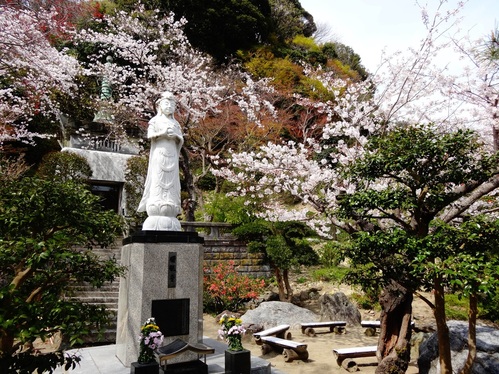
Kannon (Avalokitesvara) at Kencho-ji Temple, Kamakura
Issa points out the essence of the cherry blossom teaching. It is not just the fact of our transient nature, our limited time on this earth. It is the movement of surrender to that nature and the contentment that comes from trusting in it. To appreciate time’s inexorable hold over us and our ability to transcend it by embracing it.
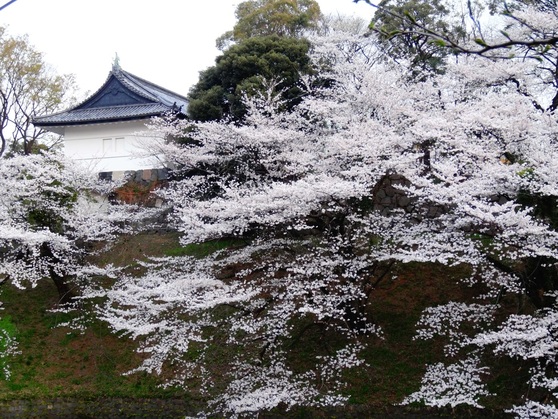
Cherry Blossoms lining the moat of the imperial palace
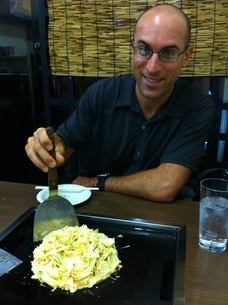
Could we have been any luckier? We arrived in Tokyo to find the cherry blossoms (sakura) in full bloom – nearly two weeks earlier than expected! We arrived at our hotel late in the evening and as we walked to reach it, we saw our first cherry blossom tree – leaves twinkling in the light like the season’s first snow. That night we got our first taste of real Japanese cuisine (the kind you don’t find in America) when we stumbled into a little restaurant and asked in broken Japanese what they recommended. The hostess/proprietor came out with a bowl full of cabbage, shrimp, squid, cheese, egg, and flour mixed with water. We were supposed to cook it ourselves on the teppan (grill) in front of us, but when she realized our ignorance she helped us along, plopped it all down and expertly cooked it so that within minutes we had delicious Okonomiyaki! I think of it as a Japanese omelet, but they called it Japanese pizza.
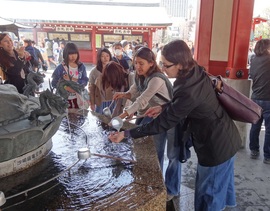 Ritual washing
Ritual washing Our first day in Tokyo we walked down to the Asakusa area, home of the famous Senso-ji temple. Senso-ji is a Tendai Buddhist Temple and is the oldest temple in all of Tokyo. Feeling serendipitous in our timing yet again, we were able to meet up at Senso-ji with Neda’s cousin Iliyana, who was leading her family on a tour of Tokyo that week. What a coincidence to be able to meet up with Bulgarian family half way across the world!
Illiyana and her old classmate Heidi showed us how to ritually wash our hands and mouth and also how to cleanse ourselves with incense smoke before making an offering to the statue of Kannon (their version of Avalokitesvara, bodhisattva of compassion). A little mystical for us pragmatic Zen practitioners, but an enjoyable culture experience nevertheless. The temple also featured a beautiful stroll garden called Denbo-in, which bursting with cherry blossoms, made for a contemplative walk.
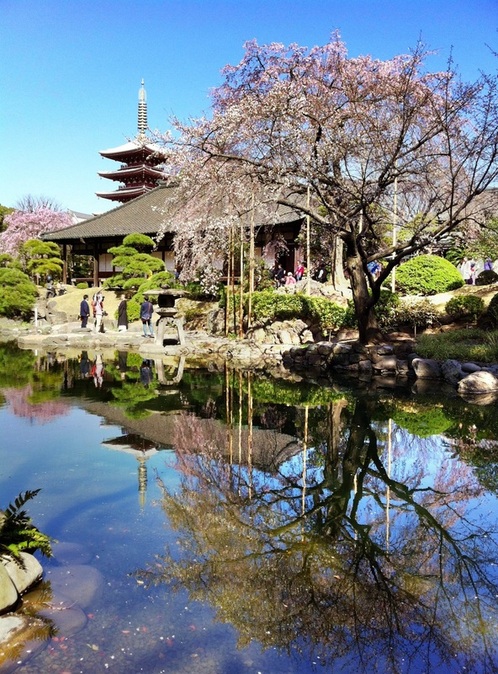
Denbo-in stroll garden with views of the 5 storied pagoda of Senso-ji
From Senso-ji we cruised down the Sumida River, enjoying a view of Tokyo by the waterway which used to be the predominant transportation veins of the city. We capped off a busy day back at our hotel, which was hosting a
cheerful sushi making party! The staff patiently showed us how to make sushi rolls and also fed us delicious sashimi and nigiri.
The next day, it was time to head off to the most famous cherry blossom viewing area in Tokyo – the expansive Ueno Park. Our hotel was located between Ueno and Asakusa, so we were able to walk to Ueno as well that day. It was a Saturday morning and the massive park was as crowded as a subway train during rush hour. Yet everyone’s head was craned slightly upward and there was a quietly reverent tone to the whole affair as the
cherry blossoms painted white brushstrokes against the overcast sky. It was truly absorbing – as the famous Zen poet
Basho wrote:
Clouds of cherry blossoms!
Is that temple bell in Ueno
or Asakusa?
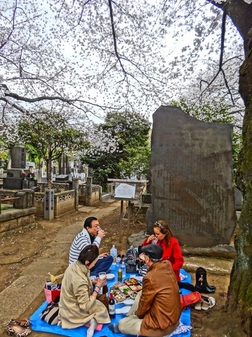
The only break in the quiet came from the picnickers who had set up tarps under the trees and were busy eating, drinking, and laughing. These impromptu gatherings are called Hanami, which roughly translates as “cherry-blossom viewing parties”. It is seen as a celebration of our cherry blossom nature to gather under the trees with friends and loved ones and celebrate life and beauty even as they are passing away above us. The spiritual intonations of Hanami were even stronger as we walked north to
Yanaka cemetery, where the graves of the city’s famous citizens were lit from above by the blossoms. Even alongside the graves Tokyoers had set up their tarps and were toasting life while sitting next to reminders of death. Truly a Buddhist party!
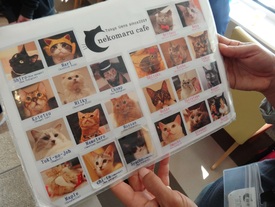
After all that walking we needed to relax and thought it was the perfect time to seek out a uniquely Japanese relaxation technique we had heard about on NPR several years before. We rode the elevator to the 8th floor of a building near Ueno station and the doors opened to a truly quixotic scene. A cat café! Walking into brightly a lit room full of cat toys and furniture, we were given a “menu” to peruse the names of the different cats that were available for viewing, playing, and cuddling. Some Japanese people sat sipping coffee and gazing at the cats, others snapped photos or played with them. Having experienced a bit of kitty deprivation recently as we’ve been too long away from our little Brandy cat, we jumped right in and played around with the cuties. But not for too long, the cat café charges about $4 per person every 15 minutes so the prices can add up. Only in Japan, where apartments are often too small to have an animal and the people have an inordinate love of cats, could this business survive!
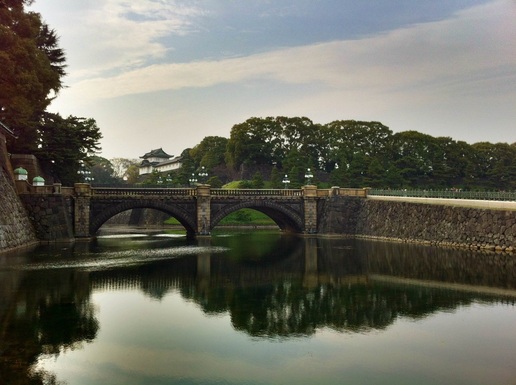
Imperial Palace
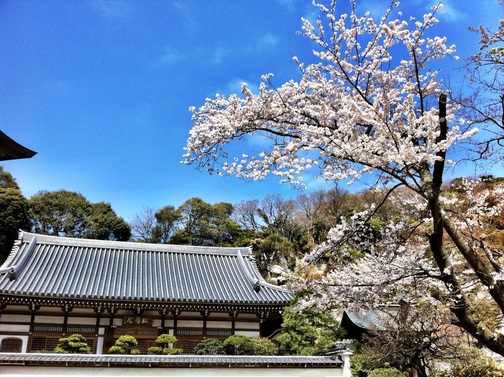
Engaku-ji Temple, Kamakura
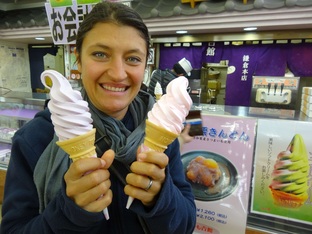 Sweet Potato & Cherry Blossom Ice Cream!
Sweet Potato & Cherry Blossom Ice Cream! Our last day we took a day trip out to Kamakura, which was Japan’s first Shogunate Capital from 1185 until 1333. Founded by famous samurai Minamoto no Yoritomo, Kamakura became a bastion for Rinzai Zen and contains many beautiful temples. We visited the largest of those temples, Engaku-ji and also the oldest training monastery in Japan, Kencho-ji. Then we walked along the streets of Kamakura City and tried their famous sweet potato soft serve! The Japanese have wonderfully different flavored soft serve here with some of our favorite flavors so far being green tea matcha, black sesame, and the seasonal cherry blossom flavor!
No visit to Kamakura is complete without viewing the ancient Daibutsu (Great Buddha) cast in 1264 that uses distorted proportions to make it appear balanced (a use of perspective that may show Greek influence via the Silk Road). The 44 foot tall Buddha sat gazing at a beautiful cherry blossom in bloom, bring another
Issu haiku to mind:
the Buddha too
looks this way...
cherry blossoms!
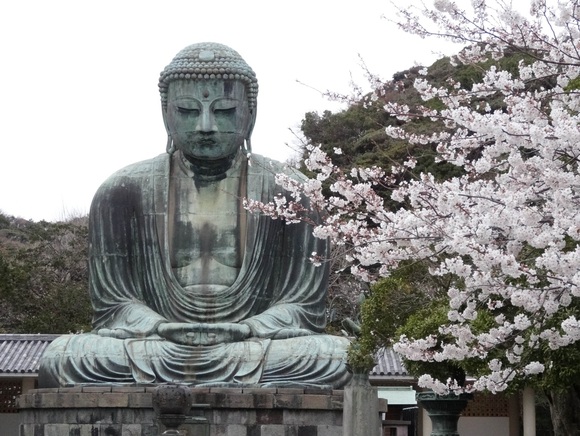
Daibutsu (Great Buddha) Statue - Kamakura
Japan marks the beginning of the end of our grand adventure. We have tickets booked to Seoul and then Istanbul before we return to Bulgaria for the summer. Our time in Tokyo was a perfect reminder to enjoy each moment of the trip because the days will fall like blossoms caught in the wind…
The wind has settled, the blossoms have fallen;
Birds sing, the mountains grow dark --
This is the wondrous power of Buddhism.

 Ritual washing
Ritual washing 

 Sweet Potato & Cherry Blossom Ice Cream!
Sweet Potato & Cherry Blossom Ice Cream! 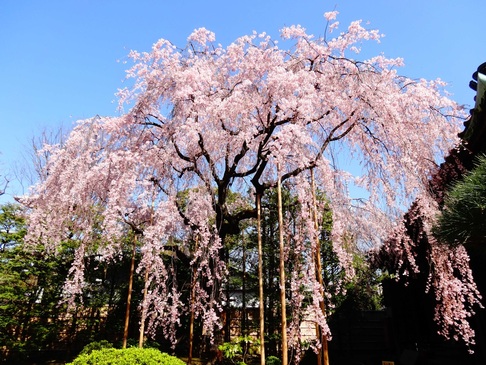



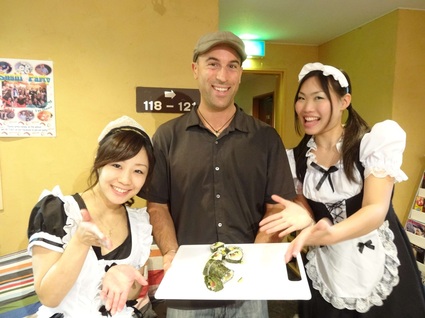
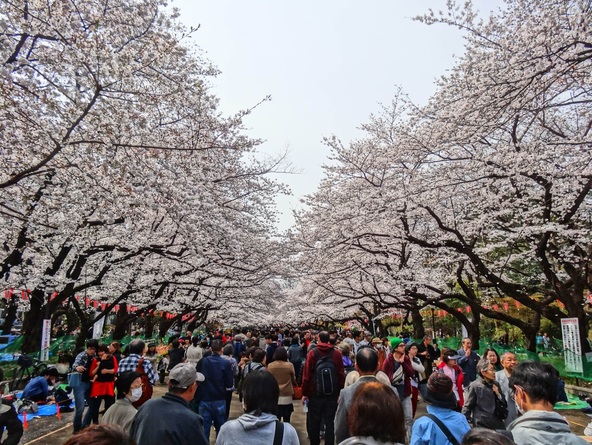
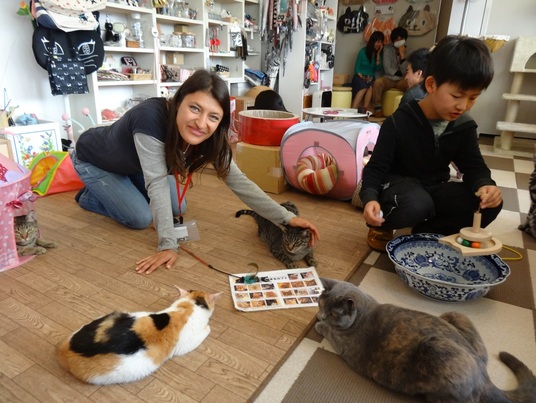



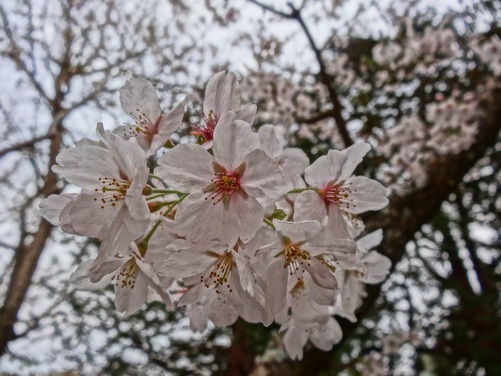
 RSS Feed
RSS Feed
